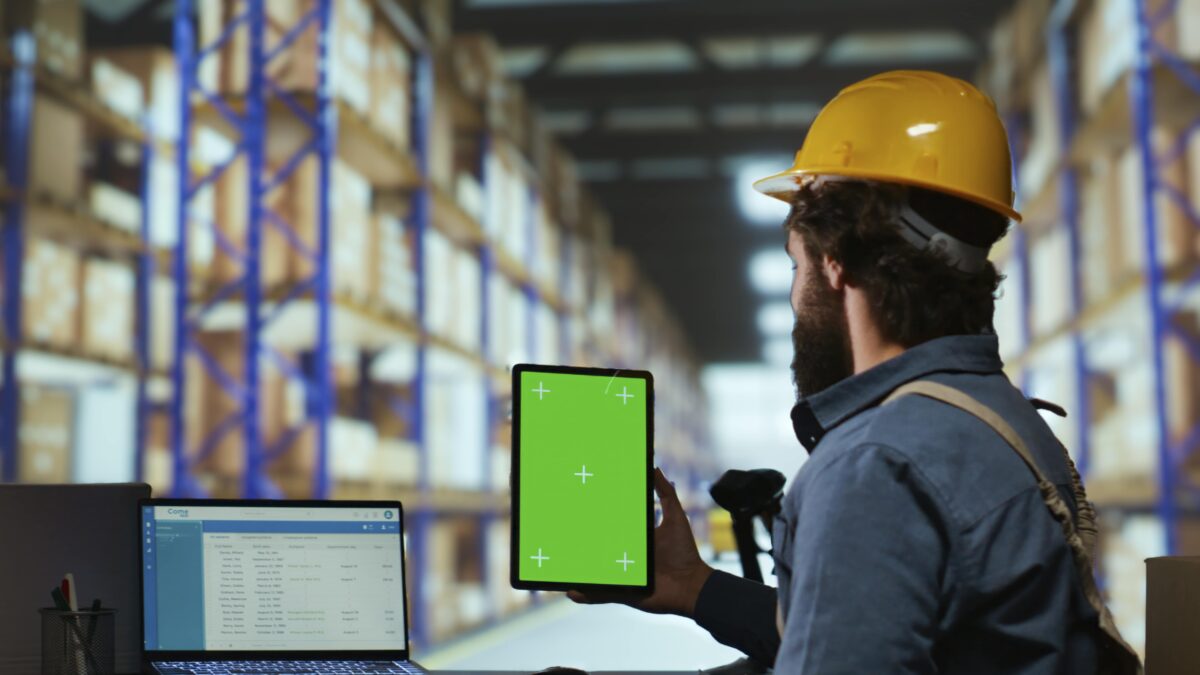The Impact of IoT on Offshore and Onshore Operations explores the transformative role of the Internet of Things (IoT) in revolutionizing both offshore and onshore operations in various industries. It delves into how IoT technologies, such as sensors, connectivity, and data analytics, are being leveraged to enhance operational efficiency, safety, and productivity in these settings. This article also highlights the challenges and opportunities presented by the integration of IoT, providing a comprehensive understanding of its implications in the modern industrial landscape.
How IoT is Enhancing Offshore and Onshore Operations
The advent of the Internet of Things (IoT) has brought about a significant transformation in various sectors, including offshore and onshore operations. The IoT, a network of interconnected devices that communicate and exchange data, has revolutionized these operations, enhancing efficiency, safety, and productivity.
Offshore and onshore operations, particularly in the oil and gas industry, have traditionally been labor-intensive, hazardous, and costly. However, the integration of IoT technologies has significantly mitigated these challenges. IoT devices, such as sensors and automated systems, have been instrumental in streamlining operations, reducing human error, and improving safety standards.
Monitor equipment performance in real-time

For instance, IoT sensors can monitor equipment performance in real-time, providing valuable data that can be used to predict and prevent equipment failure. This predictive maintenance approach not only reduces downtime but also extends the lifespan of the equipment, leading to substantial cost savings. Moreover, these sensors can detect hazardous conditions such as gas leaks, triggering alarms and initiating safety protocols to protect workers and prevent accidents.
Improve Operational Efficiency
In addition to enhancing safety, IoT technologies have also improved operational efficiency. Automated systems can perform routine tasks more quickly and accurately than humans, freeing up personnel to focus on more complex tasks. Furthermore, these systems can operate continuously, increasing productivity and reducing the need for shift work, which can be physically and mentally taxing for workers.
Remote Monitoring and Control
The IoT has also facilitated remote monitoring and control of offshore and onshore operations. Through cloud-based platforms, operators can oversee operations from anywhere in the world, making decisions based on real-time data. This capability is particularly beneficial for offshore operations, which are often located in remote, hard-to-reach areas.
Integrating offshore and onshore operations
Moreover, the IoT has enabled the integration of offshore and onshore operations, creating a more cohesive and efficient operation. Data collected offshore can be analyzed onshore to inform decision-making, while onshore teams can remotely control offshore equipment. This seamless integration reduces the need for personnel to travel between sites, saving time and resources.
Challenges in IoT Integration

However, the adoption of IoT technologies in offshore and onshore operations is not without challenges. Cybersecurity is a significant concern, as the interconnected nature of IoT devices makes them vulnerable to cyber-attacks. Therefore, robust security measures are essential to protect sensitive data and prevent disruptions to operations.
Furthermore, the implementation of IoT technologies requires substantial investment in infrastructure and training. Companies must ensure that their networks can support the large volumes of data generated by IoT devices, and that their personnel are equipped with the skills to manage these technologies.
Despite these challenges, the benefits of IoT in offshore and onshore operations are undeniable. The IoT has transformed these operations, making them safer, more efficient, and more productive. As technology continues to evolve, the impact of the IoT on offshore and onshore operations is likely to grow, paving the way for further advancements in this sector.
Conclusion
The IoT has had a profound impact on offshore and onshore operations, revolutionizing the way these operations are conducted. Through real-time monitoring, predictive maintenance, automation, and remote control, the IoT has enhanced safety, efficiency, and productivity. While challenges remain, the potential of the IoT in this sector is immense, promising a future of continued innovation and improvement.
Start Transforming Your Processes Today: Explore how FAT FINGER can empower your transition with digital procedures and unlock new levels of efficiency and cost-effectiveness in your safety, operations and maintenance. Visit FAT FINGER for more information and to schedule a demo.


